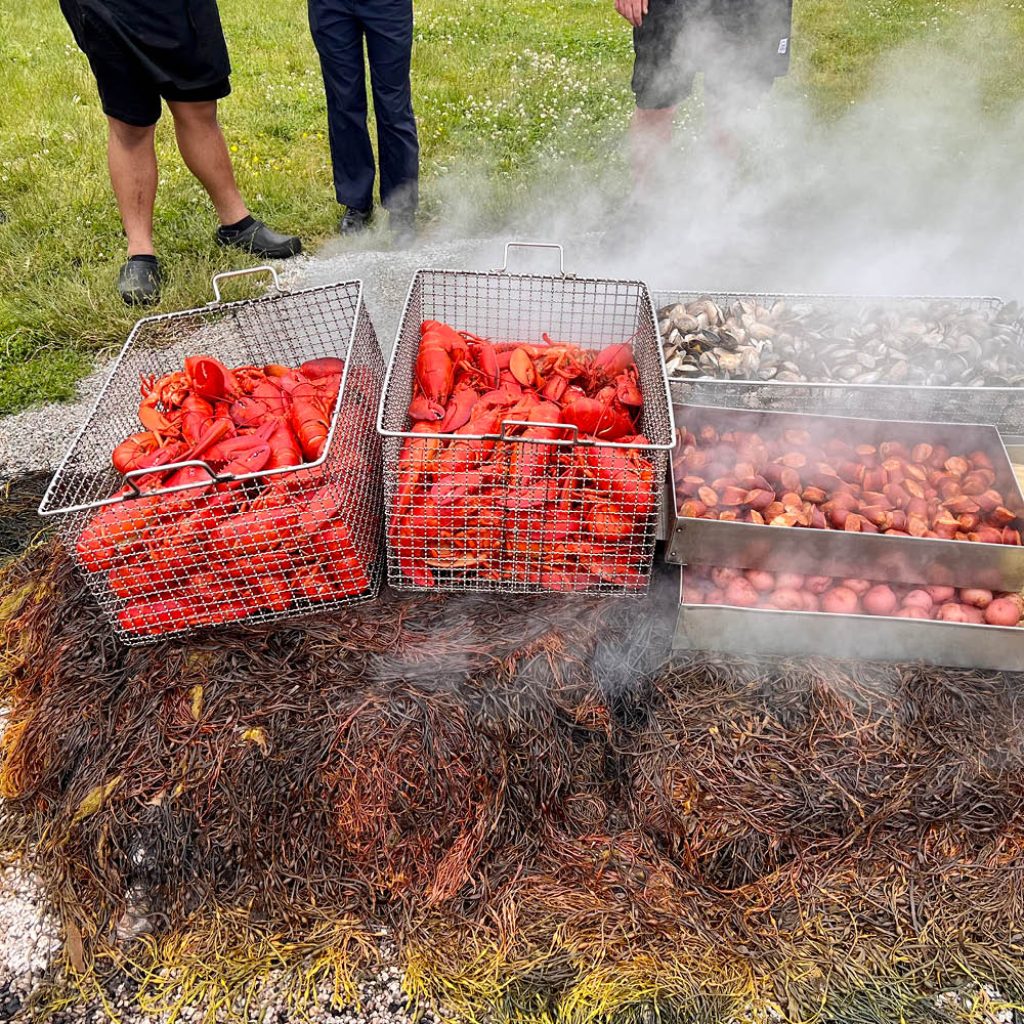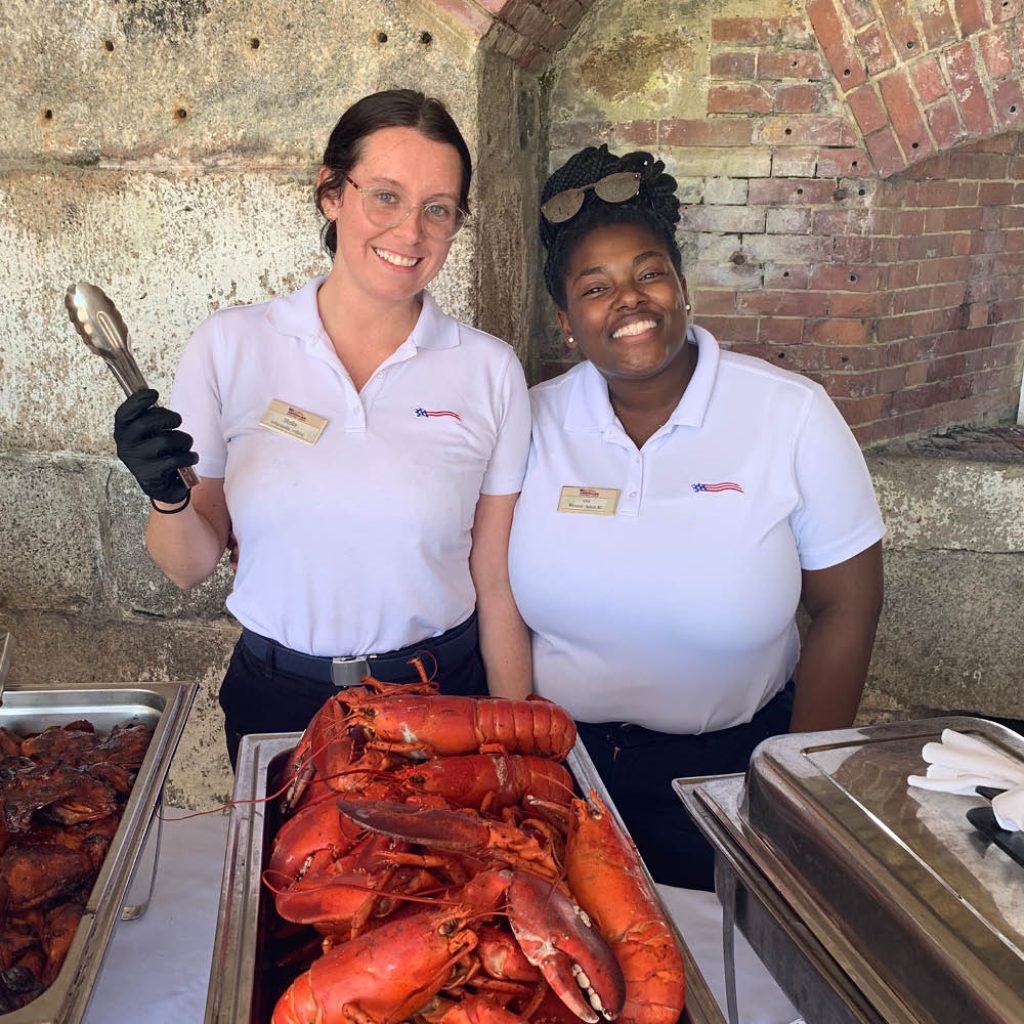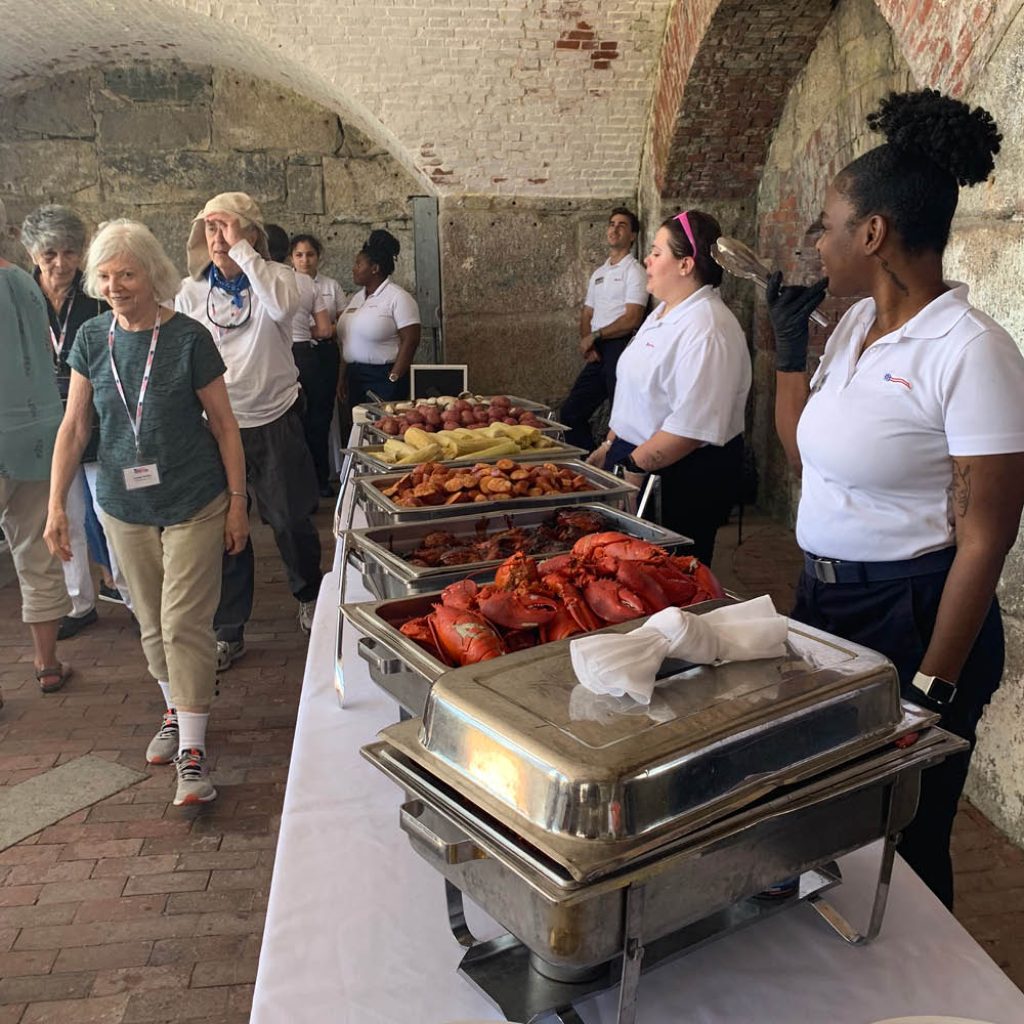The lobster fishery in the Northeastern United States has a long history that is closely tied to the region’s maritime heritage. As early as the early days of European settlement, lobsters were considered a lowly food and were even used as fertilizer and bait. However, by the mid-19th century, lobsters began to gain popularity and became a delicacy, especially in the Northeast.
Maine’s rugged coastline is inextricably linked to lobster fishing. In the late 1800s, lobster fishing transitioned from small-scale hand-line fishing to the use of traps, or “pots,” which made the catch more efficient. This revolutionized the industry and spurred expansion, proving that lobster fishing can be a significant economic driver for coastal communities. Regulations were eventually implemented to ensure sustainable practices and prevent overfishing, making the lobster fishery a model for successful fishery management. These regulations, which use measures such as size limits, trap restrictions, and seasonal closures, have helped lobster populations recover and the industry remain healthy.
Today, the lobster fishery remains an important part of the Northeast’s economy, with Maine at its center, and distinctive red and white buoys marking each fisherman’s catch dotted along the picturesque coastline. Despite challenges such as population fluctuations, changing ocean temperatures, and the impacts of climate change, lobstermen, scientists, and policymakers continue to collaborate to address these challenges and ensure the continued success of this iconic fishery. The industry has expanded beyond the domestic market, with international demand growing steadily, particularly in Asia.
As for lobster consumption, the many and varied ways it can be cooked reflect the fact that it is a versatile and sought-after delicacy. From the traditional New England baked lobster to the lobster roll, fine dining restaurants often feature lobster in a variety of dishes, prepared in a variety of ways such as lobster bisque, lobster gratin, or grilled lobster tails, showcasing its adaptability in a variety of culinary creations. Lobster is also good for your health, being low in fat and calories and high in protein, vitamin B12, and other essential minerals. The many and varied ways lobster can be cooked ensures its status as a prized and sought-after seafood delicacy. Are you salivating already?



Enjoy a lobster bake on all New England cruises American Cruise LinesOn one of their newest boats, American Liberty, American Glory, or American Eagle, Each vessel is a catamaran and seats only 100 passengers. Call today for more information.
Posts The Delicious History of New England Lobster First appeared in American River Cruises.







